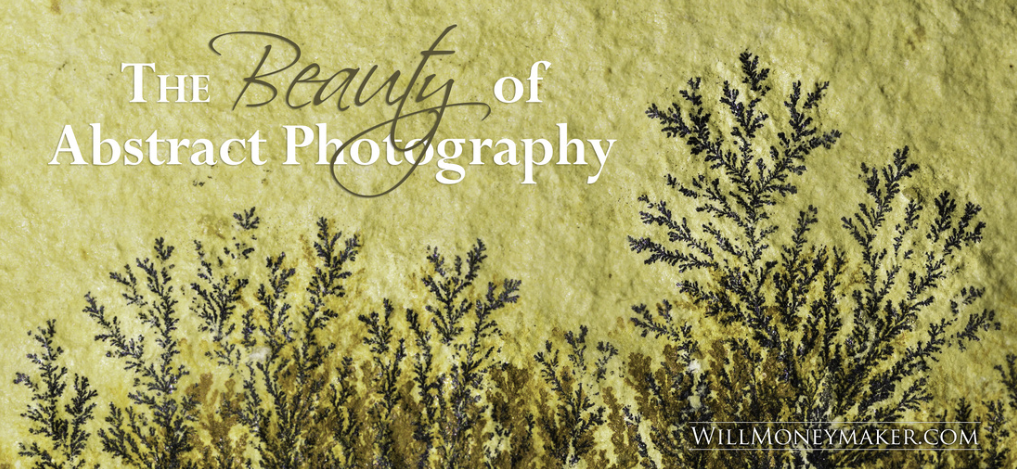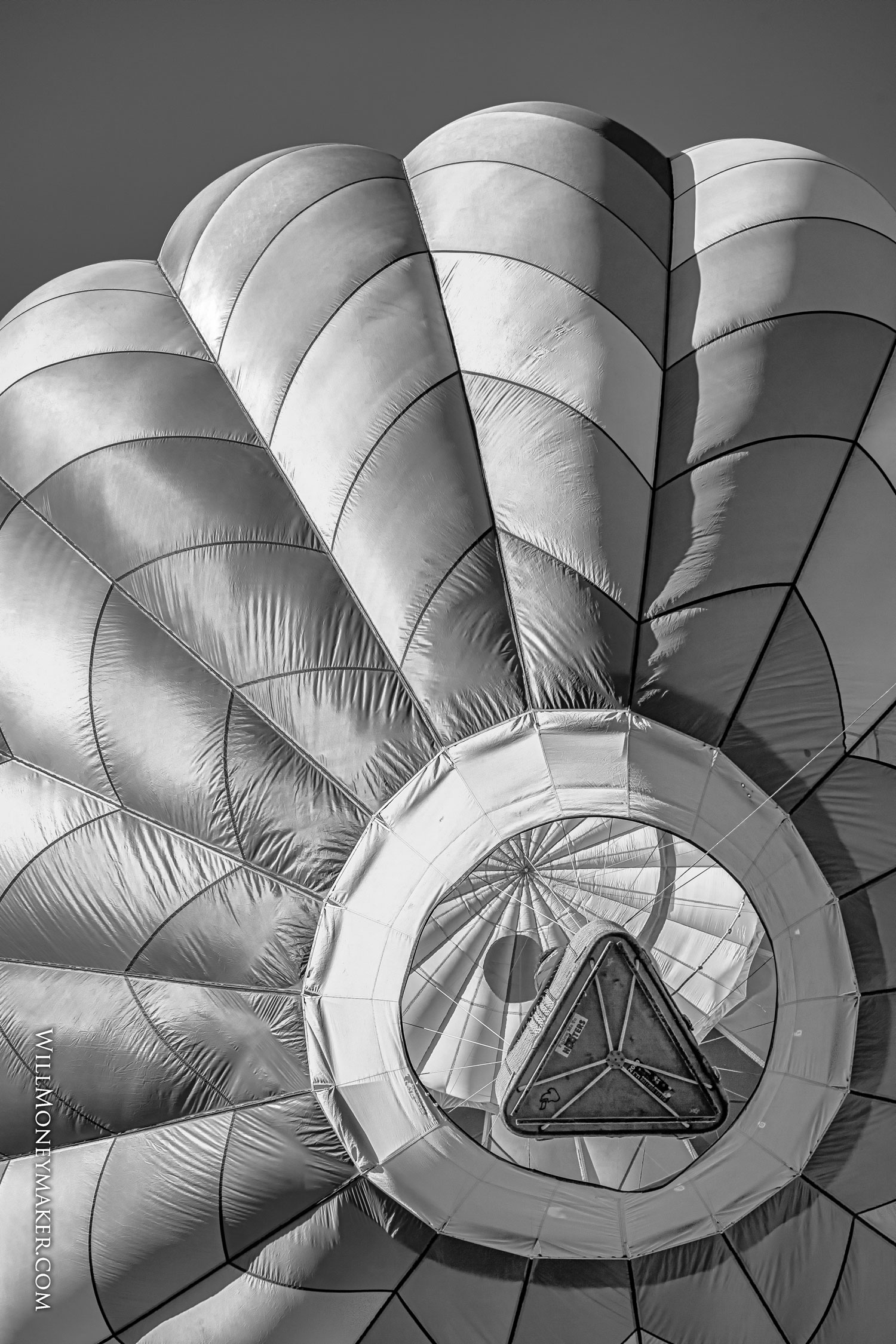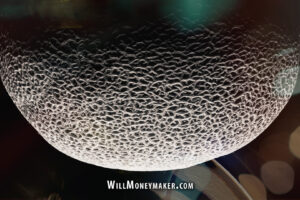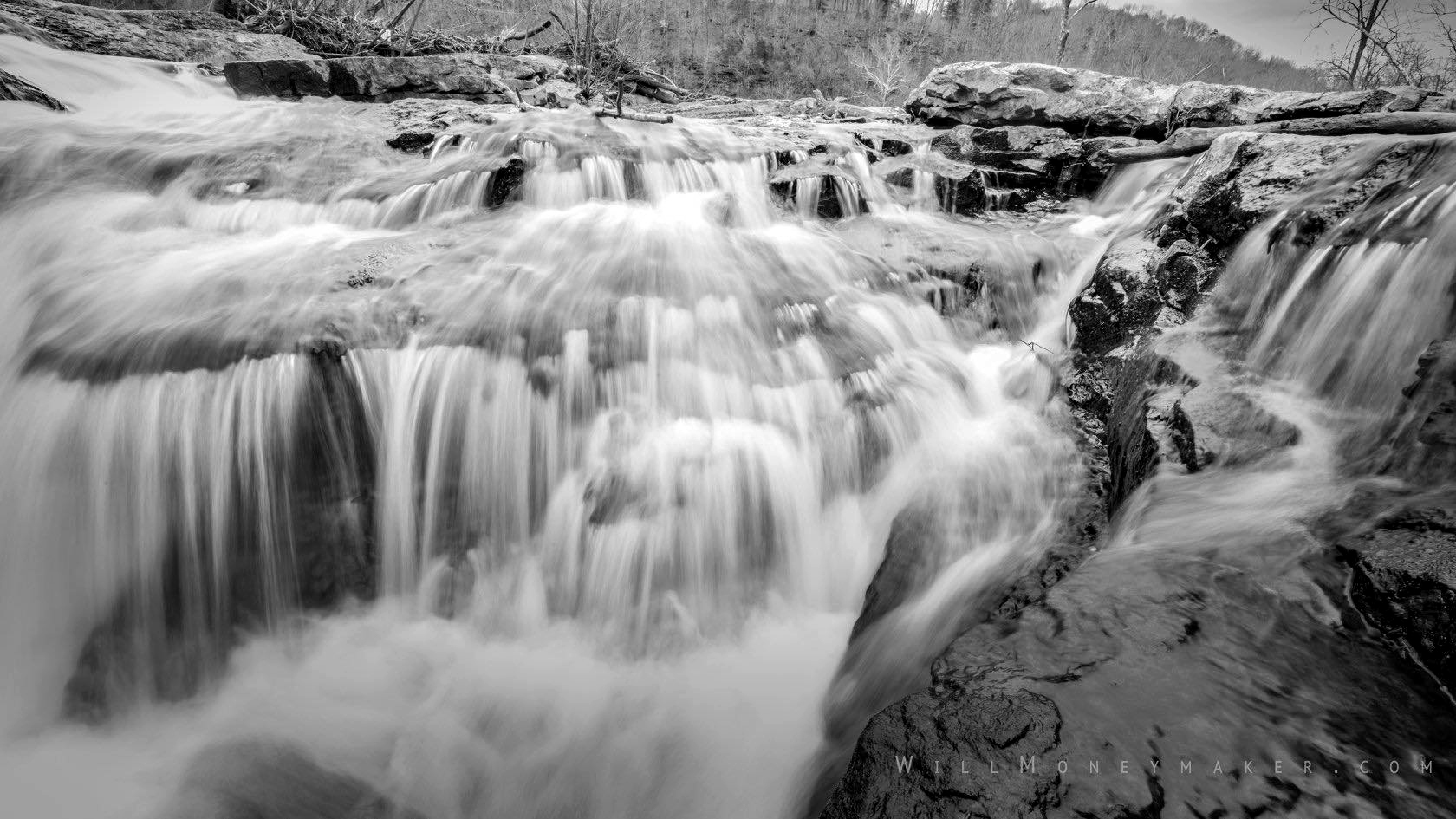Dendrite: Photo taken from my father’s rock museum.
How does one define the abstract? That’s a question that artists have struggled with for centuries. In its purest form, an abstract photograph’s subject is often unrecognizable. The beauty derives not from the subject itself, but from its shapes, textures or colors. The work of Henry Holmes Smith is a great example of this – many of his images are mysterious studies in light. Others – like this image on the right – focus purely on lines, shapes, and patterns rather than portraying a subject as a whole.
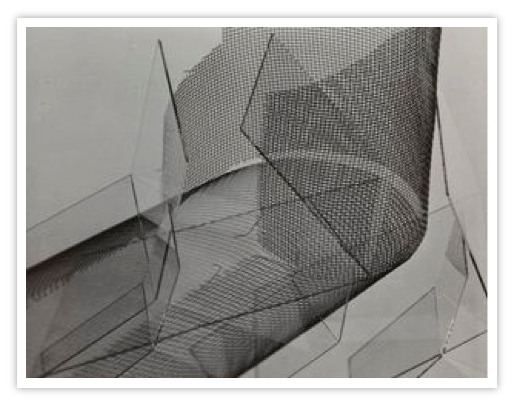 Abstract photography doesn’t require an unrecognizable subject, however. In fact, in many of the most beautiful abstract images, the primary subject is easily discernable, even though the photo itself forces you to look at specific aspects of the image such as the play between light and shadow or the stark contrast between colors.
Abstract photography doesn’t require an unrecognizable subject, however. In fact, in many of the most beautiful abstract images, the primary subject is easily discernable, even though the photo itself forces you to look at specific aspects of the image such as the play between light and shadow or the stark contrast between colors.
Knowing this, we can safely say that abstract photography is not about obscuring your subject. Instead, it’s about creating an image that makes you look at never-before-seen aspects of that subject.
To put this in perspective, imagine that you’re taking a photo of a rock formation. A typical photo would show the formation’s most interesting parts, a bit of the sky and whatever landscape elements fit within the frame. An abstract of this same scene, however, would seek to isolate parts of that rock formation – perhaps the swirls made by different layers of rock, the contrast between smooth rocks and rough ones or the difference in color between the rusty rock and the bright blue sky.
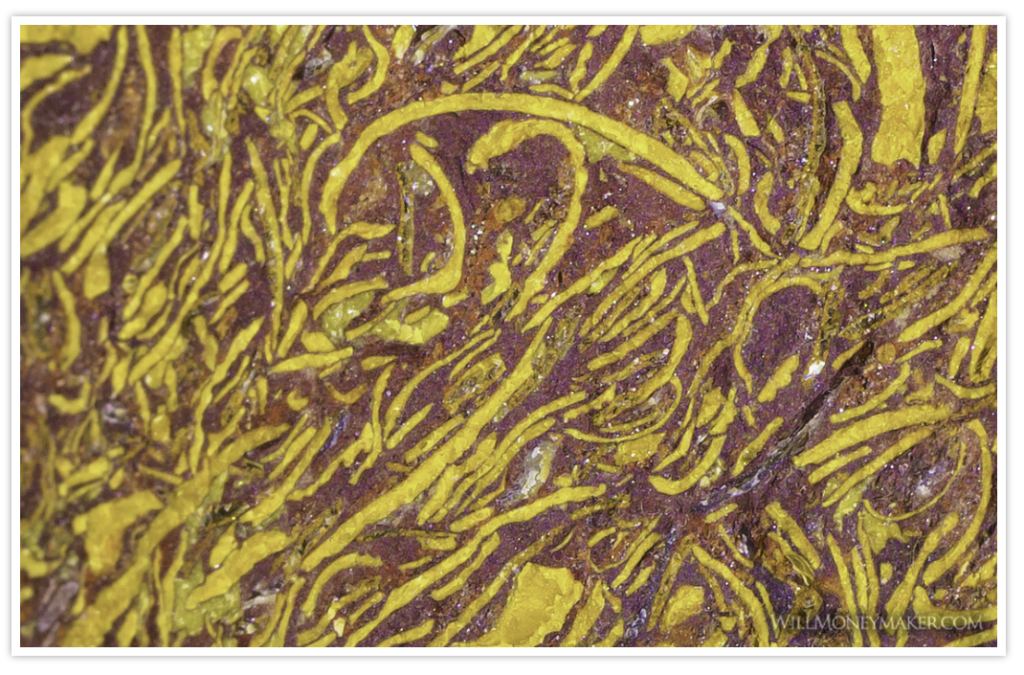 Why You Should Experiment with the Abstract
Why You Should Experiment with the Abstract
No matter what your favorite subject or genre is, you’ll find that it is well worth your time to learn a little bit more about abstract photography and how you can apply it to your work. The wonderful thing about abstract images is that they cross borders between genres. Any subject at all – the human form, landscapes, urban photography, wildlife and more – can be rendered abstract simply by focusing on a part of the whole image. This means that no matter where you are or what you are photographing if the scene before you just isn’t coming together, you can instead look more deeply into the scene to find the unique hidden elements. I’ve found that this is often a great way to work through a creative block.
Abstract photography is also a wonderful way to train your photographic eye. Simply searching for something abstract in an otherwise mundane scene forces you to look at your subjects in new and unusual ways. If you spend enough time searching for abstraction, you’ll find that you have a wealth of new insights when you go back to shooting other things.
How to Create Abstract Art
If you’d like to create abstract photographs, there are a few things to consider:
- Elements to be included
- Complexity versus simplicity
- Degrees of abstraction
Most abstract imagery focuses on just one or two things. That is, rather than photographing an entire building, you might instead create an image that shows the differences in the colors of the shingles on that building’s roof. Instead of taking a photo of a tree, try capturing the way sunlight streams through a leaf or the interesting patterns that you find in the bark. Narrow down the number of elements that you include, but as you do so, make sure that each remaining element adds something of interest.
 When it comes to complexity, the sky is the limit. Some abstracts are very minimalistic. That is, they focus on shapes or on contrasts between colors. Other abstracts rely on complex patterns, a myriad of interlocking shapes or a rainbow of colors. For instance, if you take a photo of a printed circuit board such as you’d find in most modern electronics, you’ll have several options. You can zoom in and focus on the way the gold circuits contrast with the green of the board or you can zoom out so that viewers can admire the intricacies of the entire board. You can also use colored lighting, a narrow depth of field or any other effect to highlight or isolate parts of the board.
When it comes to complexity, the sky is the limit. Some abstracts are very minimalistic. That is, they focus on shapes or on contrasts between colors. Other abstracts rely on complex patterns, a myriad of interlocking shapes or a rainbow of colors. For instance, if you take a photo of a printed circuit board such as you’d find in most modern electronics, you’ll have several options. You can zoom in and focus on the way the gold circuits contrast with the green of the board or you can zoom out so that viewers can admire the intricacies of the entire board. You can also use colored lighting, a narrow depth of field or any other effect to highlight or isolate parts of the board.
The final thing to consider is the degree to which you want to take the abstraction. In some images, an easily recognizable subject takes something away from the shapes, colors or patterns you’re trying to show. In other images, viewers appreciate seeing something they know well from a completely new vantage. It’s up to you to decide which option is better based on your subject material.
Abstract photography is a form of fine art photography, but it’s also much more than that. If you teach yourself to look for abstractions, then you can use this art form as a tool to further develop your creative eye. Whether you’re a portrait artist or a nature photographer, if you learn how to create abstract images, you’ll see a beautiful new world of possibilities through your lens.


